Description
Port breton by Louis Vivin printed on a T-Shirt
About the T-Shirt
Regular fit
Standard length, the fabric easily gives into movement
Casual wear
A classic, everyday option loved by our customers
Side-seamed
Constructed by sewing two parts together, creating a fitted look
The Unisex Staple T-Shirt feels soft and light with just the right amount of stretch. It’s comfortable and flattering for all. We can’t compliment this shirt enough–it’s one of our crowd favorites, and it’s sure to be your next favorite too!
- Solid colors are 100% Airlume combed and ring-spun cotton
- Ash color is 99% combed and ring-spun cotton, 1% polyester
- Heather colors are 52% combed and ring-spun cotton, 48% polyester
- Athletic and Black Heather are 90% combed and ring-spun cotton, 10% polyester
- Heather Prism colors are 99% combed and ring-spun cotton, 1% polyester
- Fabric weight: 4.2 oz./yd.² (142 g/m²)
- Pre-shrunk fabric
- 30 singles
- Side-seamed construction
- Tear-away label
- Shoulder-to-shoulder taping
- Blank product sourced from Nicaragua, Mexico, Honduras, or the US
Louis Vivin (1861-1936)
Louis Vivin was a French primitivist painter.
Vivin was born in Hadol, France. He showed great enthusiasm for painting as a child, but his career took him in a completely different direction. Until 1922 he worked for the mobile branch of the French postal service, pursuing his art only in his spare hours. During this time he produced a series of maps showing the location of each post office in every postal district of France; this won him two years’ seniority, the rank of inspector and the ribbon of the Palmes académiques, but the postal authorities decided that it would be too expensive to have the maps printed.
In 1889 he moved to Paris, where he lived with his wife in a small fifth-floor flat – two rooms and kitchen – in the district of Montmartre. He visited the Louvre and the Musée du Luxembourg: “The old masters left him unimpressed, but he liked Corot and Courbet, and fell in love with Meissonier. One night he had a vision: Meisoonier appeared in a dream and told him that he could be a great artist if he tried.”
Once he retired, on a pension, in 1923, Vivin finally became a full-time artist.
He was self-taught and a representative of naïve painting. Eventually, he was discovered by the German art critic Wilhelm Uhde (1874–1947), an association which helped him start exhibiting and build a reputation as a serious artist.
Towards the end of his life he had a stroke, followed by another, which affected his speech and left him unable to paint. He died, aged 75, on 28 May 1936, and was buried in the Cimetière parisien de Pantin.

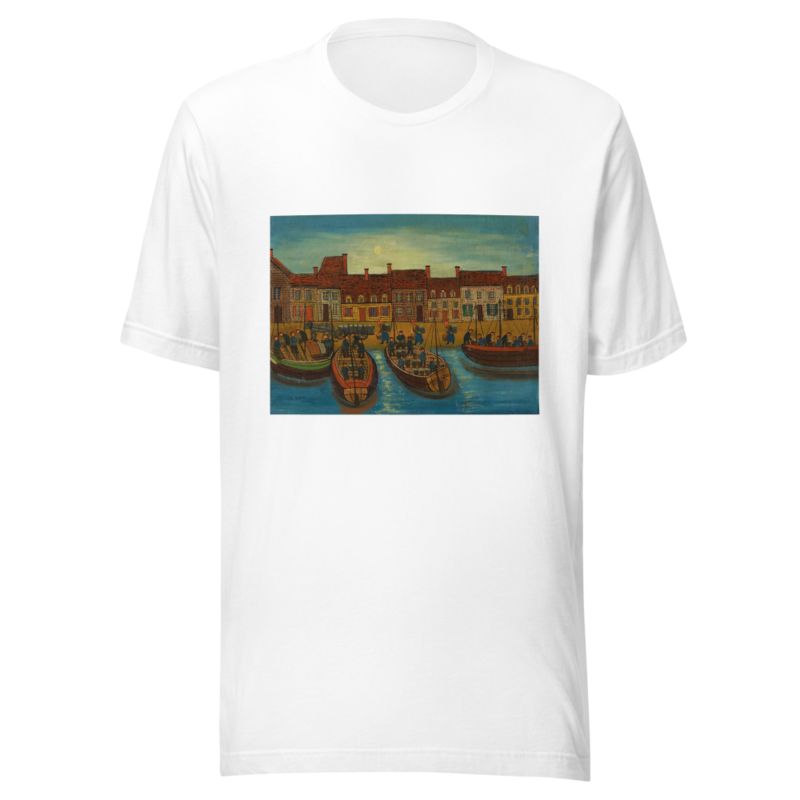
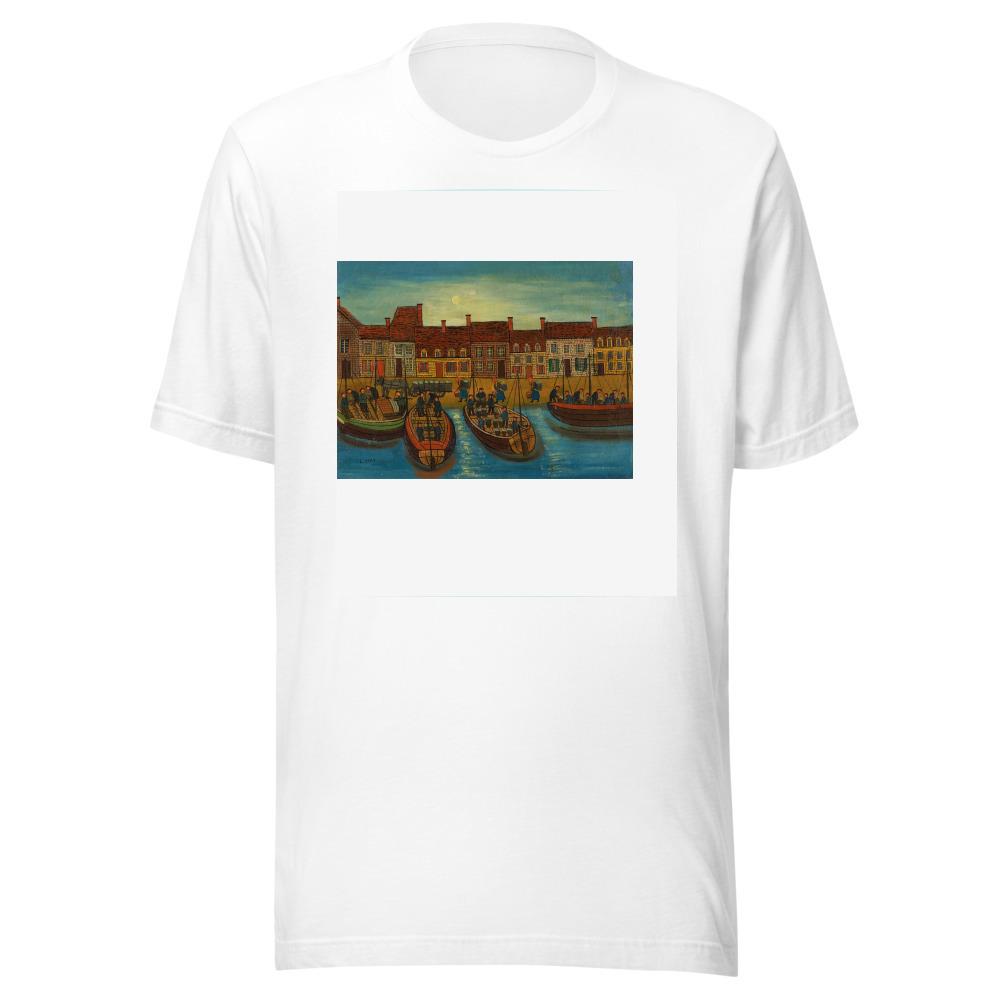
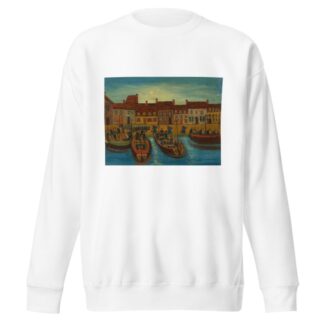
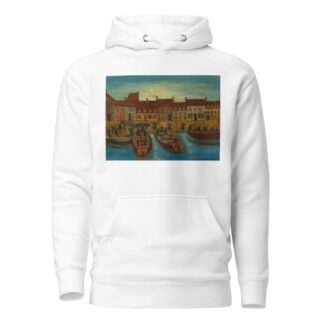
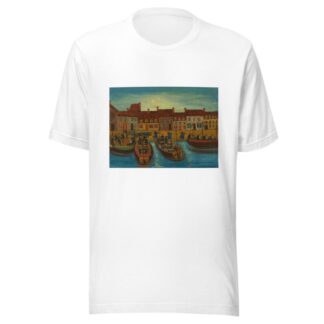
Reviews
There are no reviews yet.